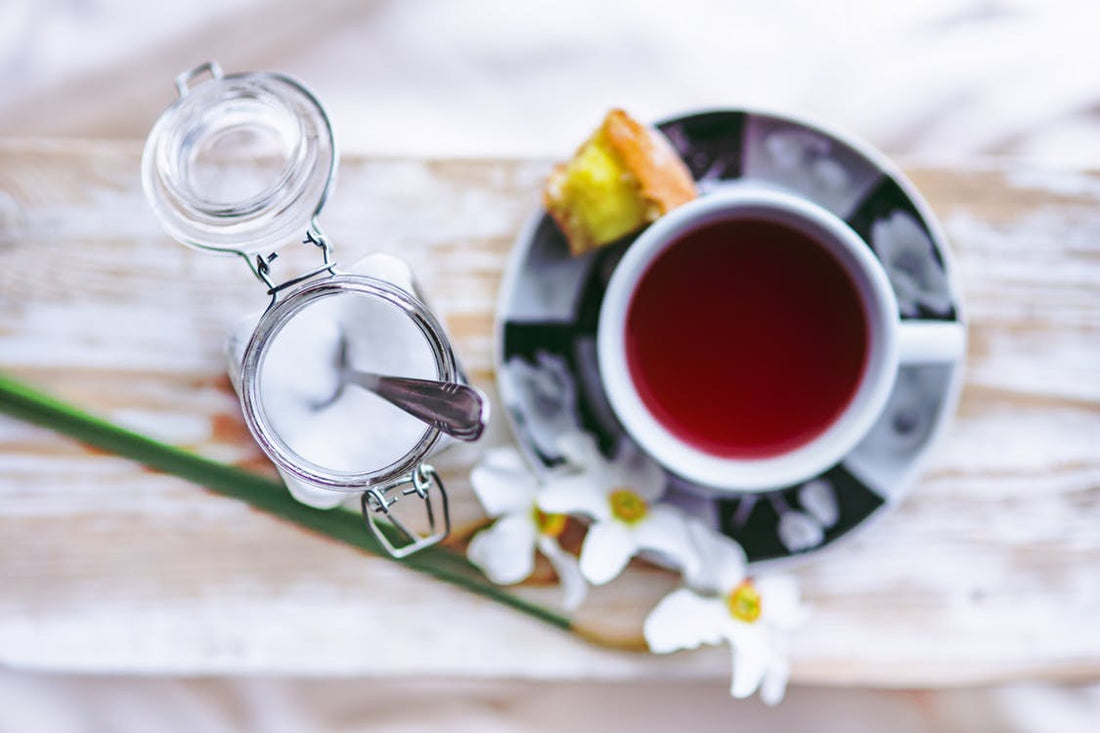
How It's Made - Tea
Share

Every morning, you start work, the first thing that comes to mind is a delicious, hot, cup of tea or coffee to start the day! And some of you maybe be thinking, whilst drinking your delicious beverage, how was this made? Today’s Tutoring Tuesday will explain how Tea is grown and made especially for all you Tea Lovers out there….
The Tea Plant
You will be correct in thinking that all types of tea are grown from the same type of plant where flavours will vary depending on where the plant is grown such as the Darjeeling Tea which is grown at the foot of the Himalayas, given this is quite a rare and pricey form of tea as it is known as the champagne of teas to most.

The Process Begins
Whilst the geographic location of where the tea is grown will affect the flavour, as does the processes which take place. For example, the more oxidised the tea leaves are, the stronger the tea will be. (Black Tea) On the other hand, tea which is less oxidised will result in either white or green tea. Initially the Plant must be Plucked where only one bud and two leaves are taken.
Similarly, to a process which takes place during the production and picking of Coffee, the tea leaves, once picked, are to be laid out to dry and to remove more of the water content. This is known as Withering & Steaming.
This is followed by a process known as Rolling where traditionally this is done by hand. However nowadays the industry prefers to use machinery to perform this task. This helps to break down the tea leaves and in doing so helps to relieve some of the natural oils and flavours.
It’s now time for Oxidation. This is a chemical process and where the tea leaf will change in colour when the process is complete. (typically turning brown as it oxidises)
Finally, last of all, Drying or Firing. Using large ovens, the tea leaves are carefully dried out, ensuring they do not burn which of course would ruin the flavour.
Similarly, to a process which takes place during the production and picking of Coffee, the tea leaves, once picked, are to be laid out to dry and to remove more of the water content. This is known as Withering & Steaming.
This is followed by a process known as Rolling where traditionally this is done by hand. However nowadays the industry prefers to use machinery to perform this task. This helps to break down the tea leaves and in doing so helps to relieve some of the natural oils and flavours.
It’s now time for Oxidation. This is a chemical process and where the tea leaf will change in colour when the process is complete. (typically turning brown as it oxidises)
Finally, last of all, Drying or Firing. Using large ovens, the tea leaves are carefully dried out, ensuring they do not burn which of course would ruin the flavour.

A Final Note
We hope you enjoyed our content for this week’s Tutoring Tuesday and who knows…. You might even try to grow and produce your own tea?! On a serious note, feel free to leave suggestions on what content you want to see week in week out. Tweet or Facebook Filtered Water Coolers with your suggestions and #FWC #Blogs #Suggestions. We look forward to hearing from you guys!

